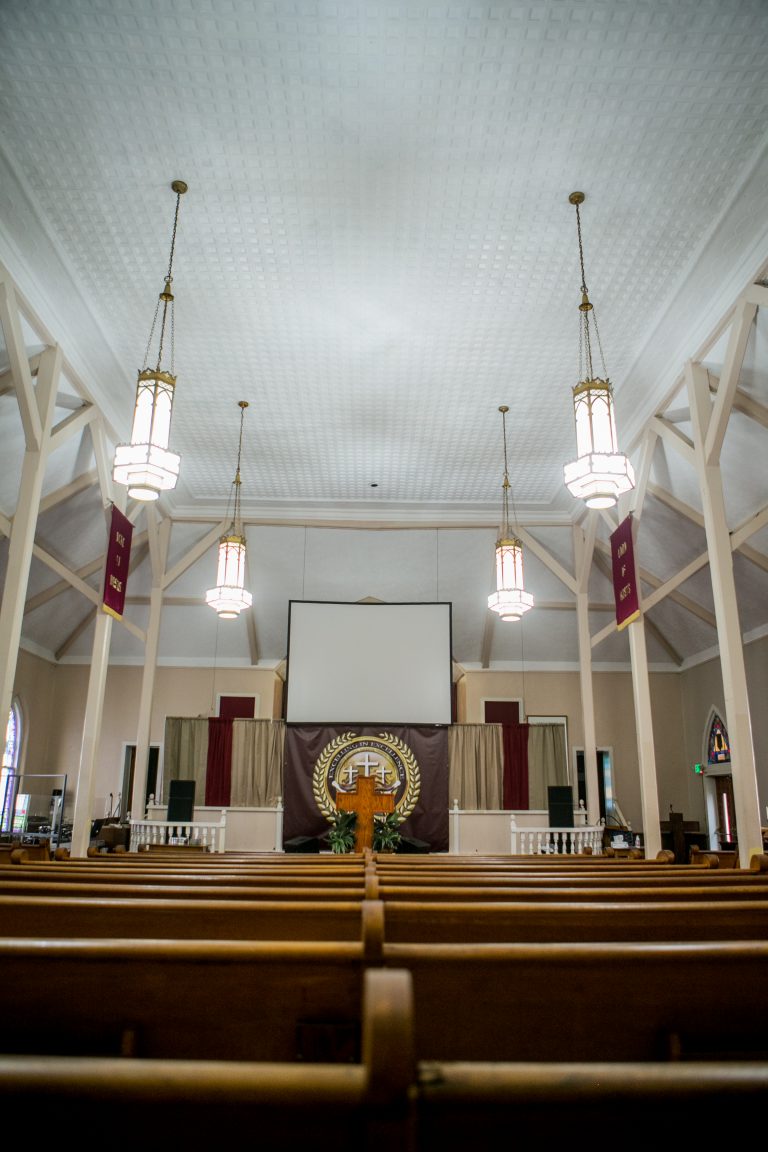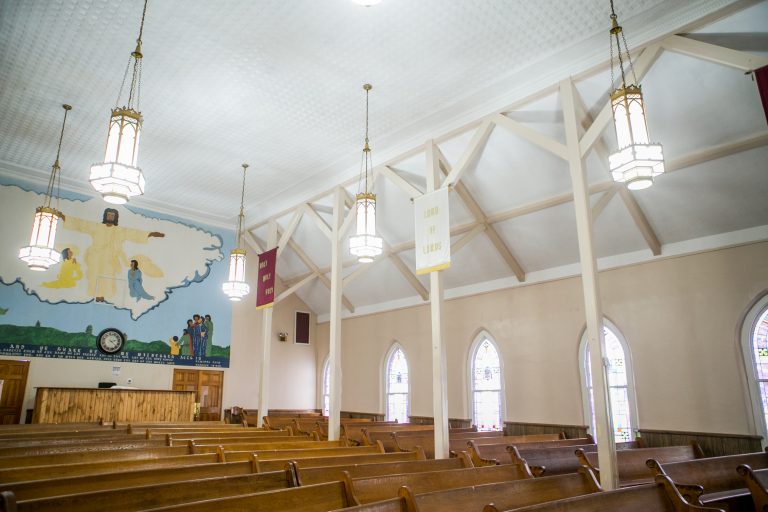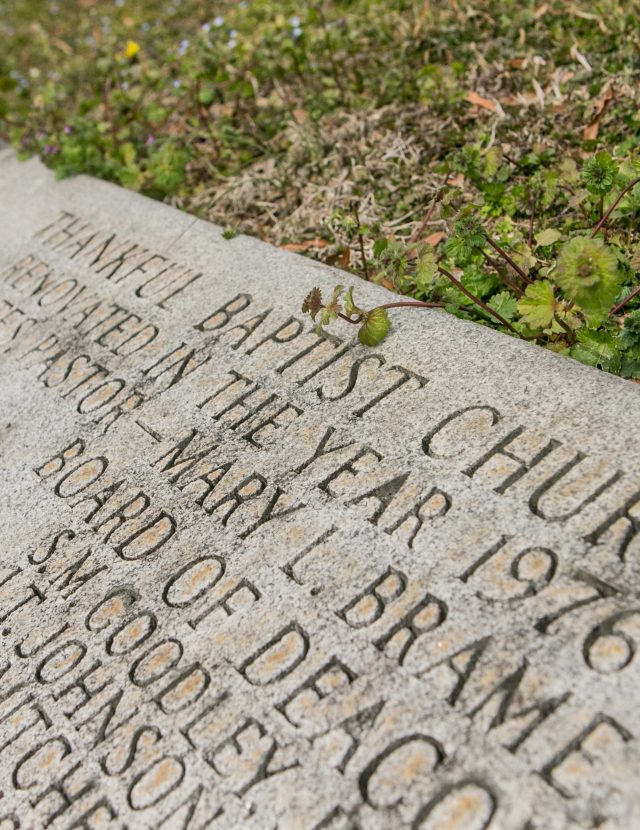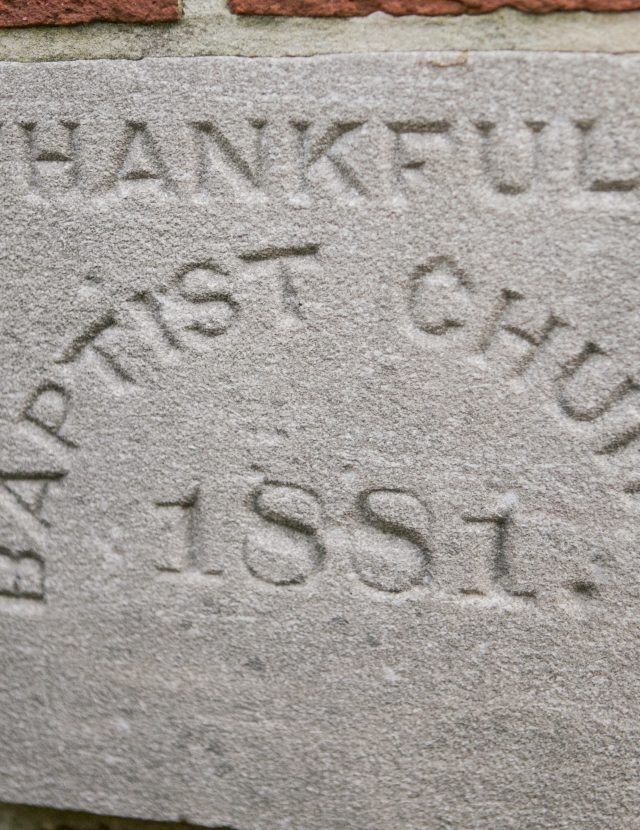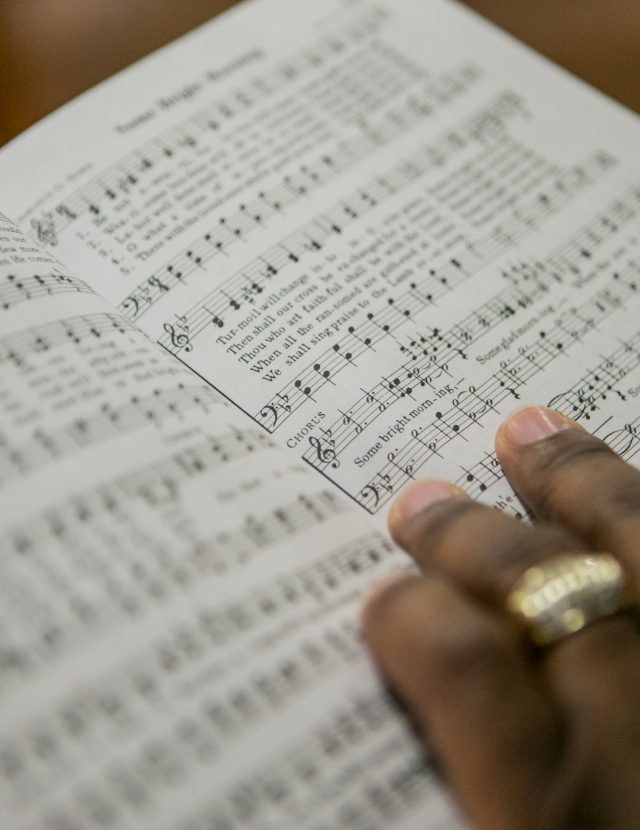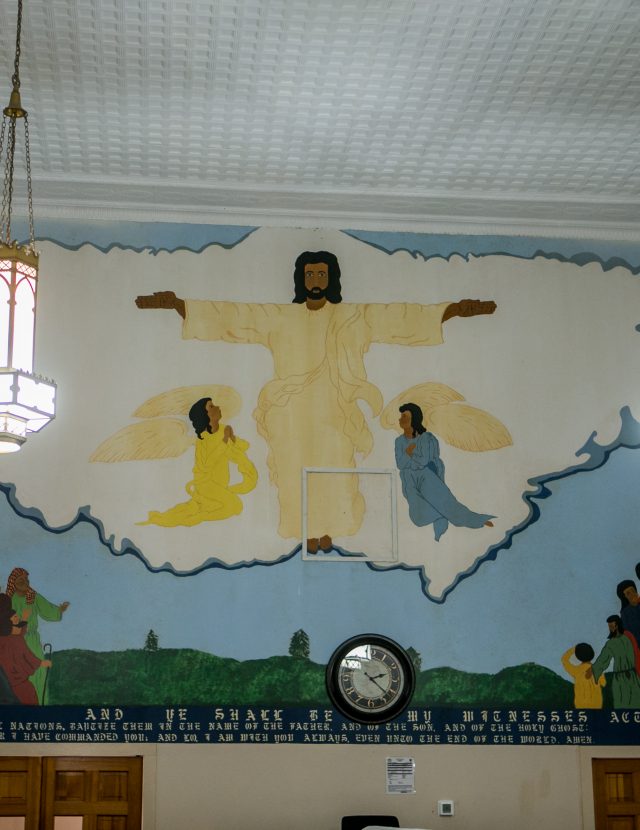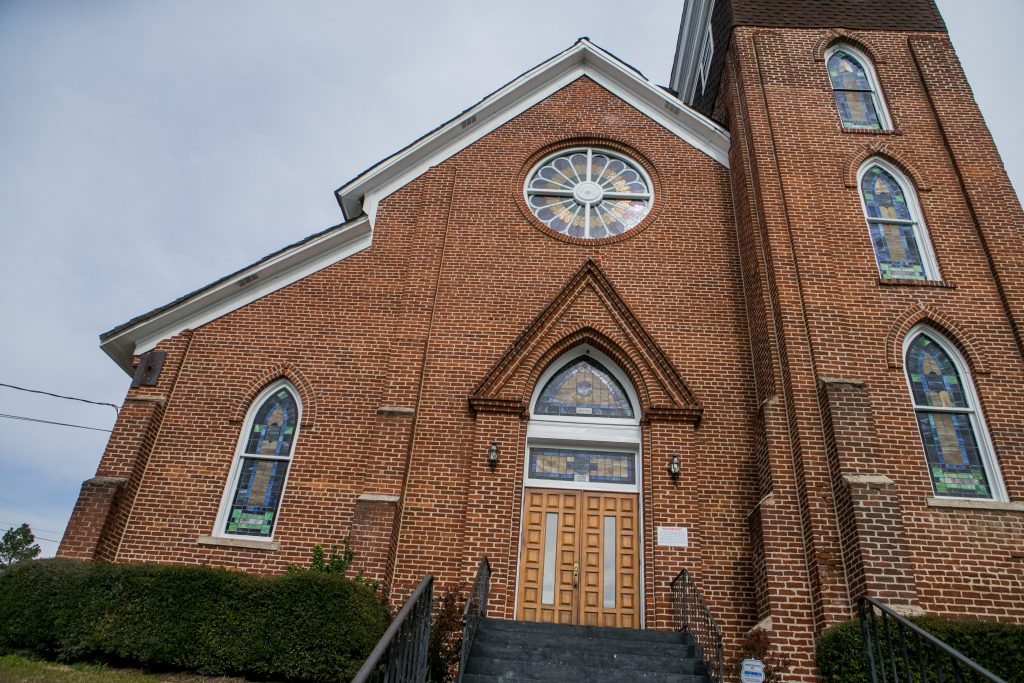
Photos Rob Smith
A name is something that can be looked at in two ways: it is a thing both given and earned. That is true of an individual, a business, a club, a school, or any kind of organization. It’s true of churches, too. Thankful Missionary Baptist Church, of Rome, Georgia, is a congregation that has well-earned the name it was given long ago.
In these days of global pandemic, political upheaval, and spiritual malaise, Thankful can look back on a long history of hard work, faith, suffering, and endurance. They have a lot to be thankful for, and they know it.
Staying the course
According to the Religion News Service, in a study of 34 Protestant denominations and groups, 4,500 churches closed their doors in 2019, while only 3,000 new congregations were established. And that was before COVID-19 dealt a sucker punch to congregations nationwide.
Scott McConnell, executive director of Lifeway Research, says, “Even before the pandemic, the pace of opening new congregations was not even providing enough replacements for those that closed their doors.” That said, Thankful Missionary Baptist Church, a congregation birthed in the middle of the 19th century, is still here, defying the odds. Still working. Still preaching. Still serving the community.
Thankful’s pastor, Rev. Dr. H. Bernard Young, says, “I think this is a good time [the pandemic] to reboot, to be intentional. I firmly believe that in this season God is showing the church what’s really essential.” Relevance in today’s world is important to Dr. Young and his congregation. He goes on to say, “We have to ask ourselves if we’ve been doing things that were only essential in the past.”
Up from the ashes of war
Thankful traces its founding to the closing days of the Civil War. Few written records remain of the earliest years of the church, so historical accounts vary, largely reliant on oral tradition. Originally, the congregation was part of Rome Baptist Church (now First Baptist Church), many Black members being the servants or slaves of the white church members.
The earliest names of Black parishioners to appear in the records of Rome Baptist Church were those of a married couple, Henry and Rachel (last names not listed), who joined the church in the summer of 1835, just five weeks after the founding of the congregation.
Soon after President Lincoln’s Emancipation Proclamation went into effect in 1864, ending slavery, the Black members of Rome Baptist Church began holding their own services in the church’s basement and established the Sabbath School for Freedmen. In Rome Baptist Church’s minutes for
October 1, 1867, a note says, “The colored members have organized into a separate church.” This new congregation called itself the Colored Baptist Church, moved offsite, and built a log shack-like structure called a bush arbor, where they held camp meeting-style services. (An alternate account says there were originally two separate Black congregations—one that built the bush arbor and one that met in the church basement—and they joined together as a single congregation at some point after the Civil War.)
Their first pastor, Rev. Jefferson Milner, was, by all accounts, an extraordinary man. He was born into slavery in South Carolina in 1820. Not only did Rev. Milner guide the church for three decades, until his death in 1895, but he also organized churches all over the region, earning him the nickname The King of Northwest Georgia. About Rev. Milner, Dr. Young says, “He was a man with so much faith. Faith is taking risk, and he took risks. As soon as the Emancipation took place, he got busy. It’s amazing to see that he had such vision in a time like that. He didn’t stop in the face of opposition; no, kept going, and that’s remarkable.”
A deed recorded in the Floyd County Courthouse says that on July 10, 1868, the Colored Baptist Church purchased a plot of ground from Mr. Willis Perry Chisolm for $100. The church wasted no time in building a wooden building to replace the bush arbor. Some years later (date unknown), that building burned down. One account states that the congregation built another bush arbor to meet in as a stopgap measure.
If the establishment of Thankful is calculated from the time the freed slaves began meeting in Rome Baptist’s basement, that makes the church 159 years old. That is amazing, considering most Protestant churches do not survive beyond fifty years. This also means that the congregation’s youngest members—if they hang around—could potentially live to see the church’s bicentennial.
A place of their own and a new name
The fledgling congregation worked hard to raise money for a new church building. Fund-raiser suppers were held in conjunction with Rome Baptist Church. People gave. Men sold wagonloads of firewood. Still, how the church building was planned and constructed is still a bit of a mystery; no architects, engineers, or construction company are recorded on Thankful’s 1985 application to the National Register of Historic Places.
The brick Gothic-style building was finished in 1881. Its exterior featured a bell tower and spire, stepped wall buttresses, stained glass windows, lancet arches, and ocular windows. The interior included a wood ceiling with board-and-batten sidings, wood-frame cornices, eves and windows, plaster walls with wood panel wainscoting, a pressed-metal central ceiling, and posts with exposed framing in the central nave arcade.
There was a consensus that the new church building should be accompanied by a new name for the congregation. The most commonly repeated story of the renaming of the Colored Baptist Church involved a woman named Hannah McClendon.
As the story goes, during a discussion among members on the subject, McClendon said something like: “Well, I’m just so thankful we can worship here.” Someone else said, “That’s It! We have a name! We’ll call it Thankful Baptist Church!” In a Rome News Tribune article (February 22, 1987), Mary Spivey, the great-great-niece of McClendon, remembered her: “I was a little girl then, and she was very old, but I remember she told me some of the women sold blackberries for money for the church. And when the men could get away from work in the fields, they would work on the church together. It was fun for them, but it was hard work too. Everybody stuck together.”
One of the astonishing things about Thankful’s building is that it was constructed a mere two decades after the time the members had met in a bush arbor. In only twenty years, a congregation went from slavery to building a Gothic church building. And that building still stands at 935 Spider Webb Drive as a monument to that achievement.
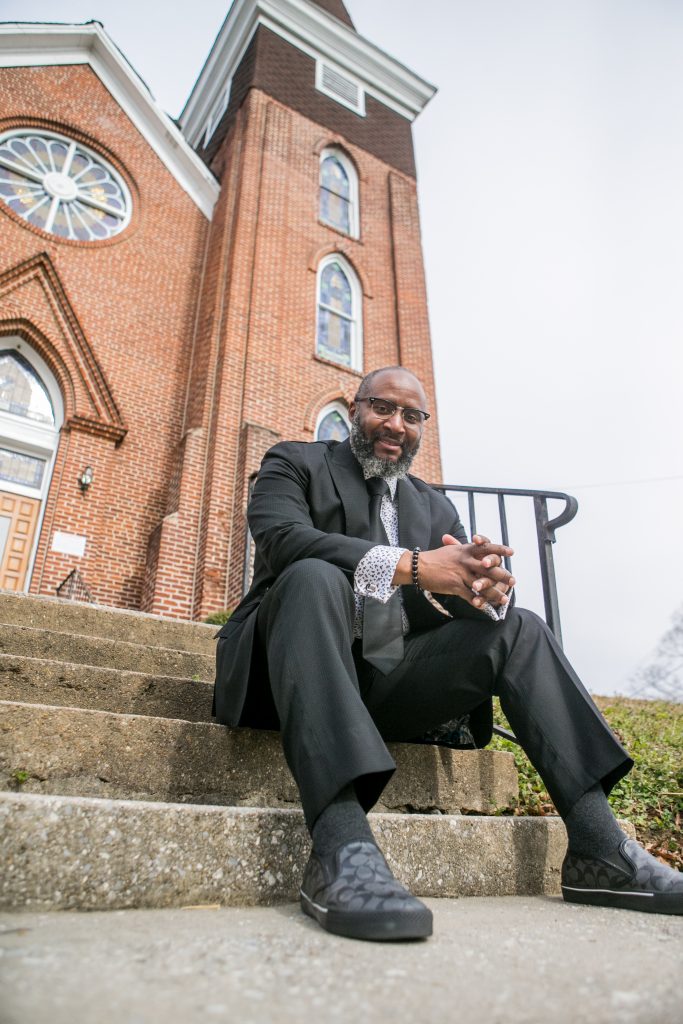
More than a museum
Dr. Young is quick to point out that Thankful is more than a museum for past greatness. He says, “We’re grateful for the history that has been made here, however, we don’t want our present to become history. We want to be relevant in the community today. We want to be a true embodiment of what a Christian should look like, to make an influence on a dying and decaying world.”
Dr. Young wants Thankful to follow the example of Rev. Jefferson Milner, to embrace the challenges of the present day. To take risks. To exercise faith. He adds, “Tradition itself is nothing but frozen success. We have to be careful that we’re not living in 2022 with a mentality of 1973.” Quoting a friend and fellow pastor, Rev. Sam Davis, Dr. Young says, “It’s our job to get where God is, not to stay where God was.”
Throughout Thankful’s history, this idea has been a reoccurring theme, informing the church’s mission and work, bringing time-tested biblical principles to bear on modern-day challenges. For instance, in 2005 they worked in concert with other churches and the American Red Cross to take in refugees from Hurricane Katrina.
Nim Russell, Thankful’s pastor at that time, said, “We’re a transition facility. People stay here for a while and get vouchers until they find a more suitable location.” They also shipped water and other vital supplies to Gulf Port, Mississippi, and New Orleans. Over the years, Thankful has worked in a wide variety of ministries as diverse as helping prison parolees successfully reenter public life to establishing a school of music.
That practical, hands-on philosophy of the work of the church continues today. Since the onset of the pandemic, Thankful has fed more than 10,000 people, and they continue to feed the hungry and clothe the needy. “It seems to me,” Dr. Young says, “that God used the pandemic to get the church out of the sanctuary to get to work.”
Keeping a focus on the basics
As Dr. Young sees it, the pandemic has been a time of pruning away things that are no longer relevant. He says, “God has shown us that all of the fluff is not necessary. At the end of the day, it’s all about God’s Word.” Despite a present trend among many churches to downgrade the authority and centrality of the Bible, Dr. Young and the other leaders in the church continue to teach the principles of the Bible. All the other ministries of the church are outflows of that.
“The Bible is imperative,” Dr. Young says. “One thing I always tell our preachers here at Thankful is to take their personal bias out of their study. Always be open to the text [of Scripture]. I tell them not to worry about the reaction of the people. You give glory to God by teaching and preaching what’s in the text. We have to practice the discipline of being submissive to the Scriptures.”
Personal discipline is often stressed in Dr. Young’s teaching. In a recent sermon, he said, “When a person is serious about a life transformation, they begin to monitor their lifestyle so they can accomplish their personal goals. In order to achieve their personal goals, they must possess discipline, direction, and determination.” Today, in doing practical ministry based on biblical teaching, Thankful Missionary Baptist Church is following a tradition that goes back to the disciplines of Rev. Jefferson Milner.
He constantly put his life at risk riding the rural backroads of post-Civil War Georgia to plant new churches. He was a man who faced the needs of a war-ravaged world head-on, with compassion, but without apology or compromise. Rev. J. H. Williams, a friend and mentor to Dr. Young, puts it this way: “We have to be committed down here because graduation is in heaven.” To that end, the work goes on. Thankfully.
You can get in touch with Thankful Missionary Baptist Church of Rome on Facebook



